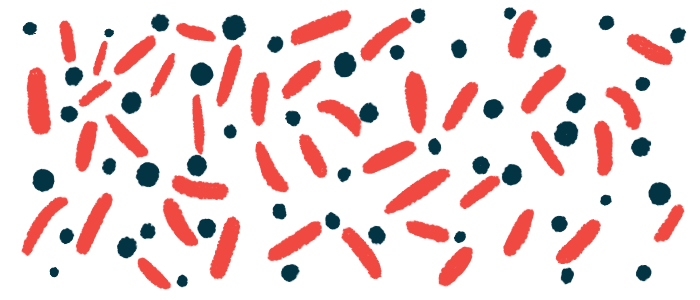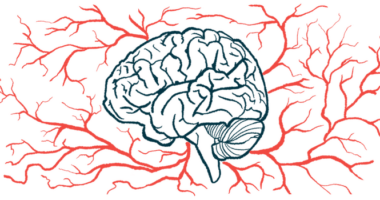Neurotoxins from bacteria found in dust around Great Salt Lake
Compounds produced by cyanobacteria have been identified as ALS risk factors

Toxic compounds produced by cyanobacteria, which have been identified as risk factors for developing amyotrophic lateral sclerosis (ALS), were detected in air and earth samples collected around the Great Salt Lake in Utah, a study reports.
“An understanding of the types and concentrations of cyanotoxins present in air is needed to begin risk assessment concerning adverse effects to human health,” the researchers wrote in “Cyanotoxin Analysis of Air Samples from the Great Salt Lake,” which was published in Toxins.
Beta-methylamino-L-alanine (BMAA) is an environmental toxin that’s been linked to developing ALS, a progressive neurological condition marked by nerve cell damage and disability. It’s produced by certain kinds of cyanobacteria, also called blue-green algae, that live in marine and freshwater ecosystems.
These microbes are part of the ecosystem of the Great Salt Lake, the largest saline lake in the Western Hemisphere. Due to ongoing drought and increased water diversion, however, lake levels have dropped to historic lows, exposing many lake beds.
Because the local wind direction comes predominantly from the west, it’s possible residents living east of the lake — referred to as the Wasatch Front, which includes the highly populated Salt Lake City — could be exposed to airborne cyanobacteria and dust containing BMAA.
Collecting air, soil samples
During the summer and fall of 2022, researchers collected air and dried sediment samples to measure levels of BMAA and closely related molecules. The team included scientists from Bowling Green State University, Ohio, in collaboration with the nonprofit Brain Chemistry Labs in Wyoming, which has been monitoring BMAA and related toxins in bodies of water.
Samples were also collected from exposed lake beds around the eastern and southern parts of the Great Salt Lake. Air sampling was carried out using a helicopter such that the amount of air that passed through filters was equivalent to an average person breathing for an hour.
The analysis detected airborne BMAA only in August, along with a related compound called aminoethylglycine (AEG). There were no signs of diaminobutyric acid (DAB), a related toxin, at that time.
Samples collected in September and October didn’t contain detectable BMAA, but AEG and DAB were found as free compounds in all the air samples taken then.
Land surface samples were collected from the shores of the lake, exposed by receding waters, because the “wind would more likely pick up material from solid ground rather than water,” the researchers wrote.
The number of collection sites with active cyanobacteria decreased over time between August and October. Trace amounts of BMAA were only detected in one sample in August and September, while the levels of AEG and DAB were higher than BMAA.
There was “no clear relationship between the presence of these toxins in airborne and adjacent lake bed samples,” suggesting the airborne toxins may originate from widespread sources, rather than specific locations.
“These findings confirm that continued low water levels in the Great Salt Lake may constitute an increasing health hazard for the 2.5 million inhabitants of communities along the Wasatch Front,” said the researchers, who called for a “better understanding of the exposure routes, types, concentrations, and synergism with other toxicants derived from the Great Salt Lake.”







